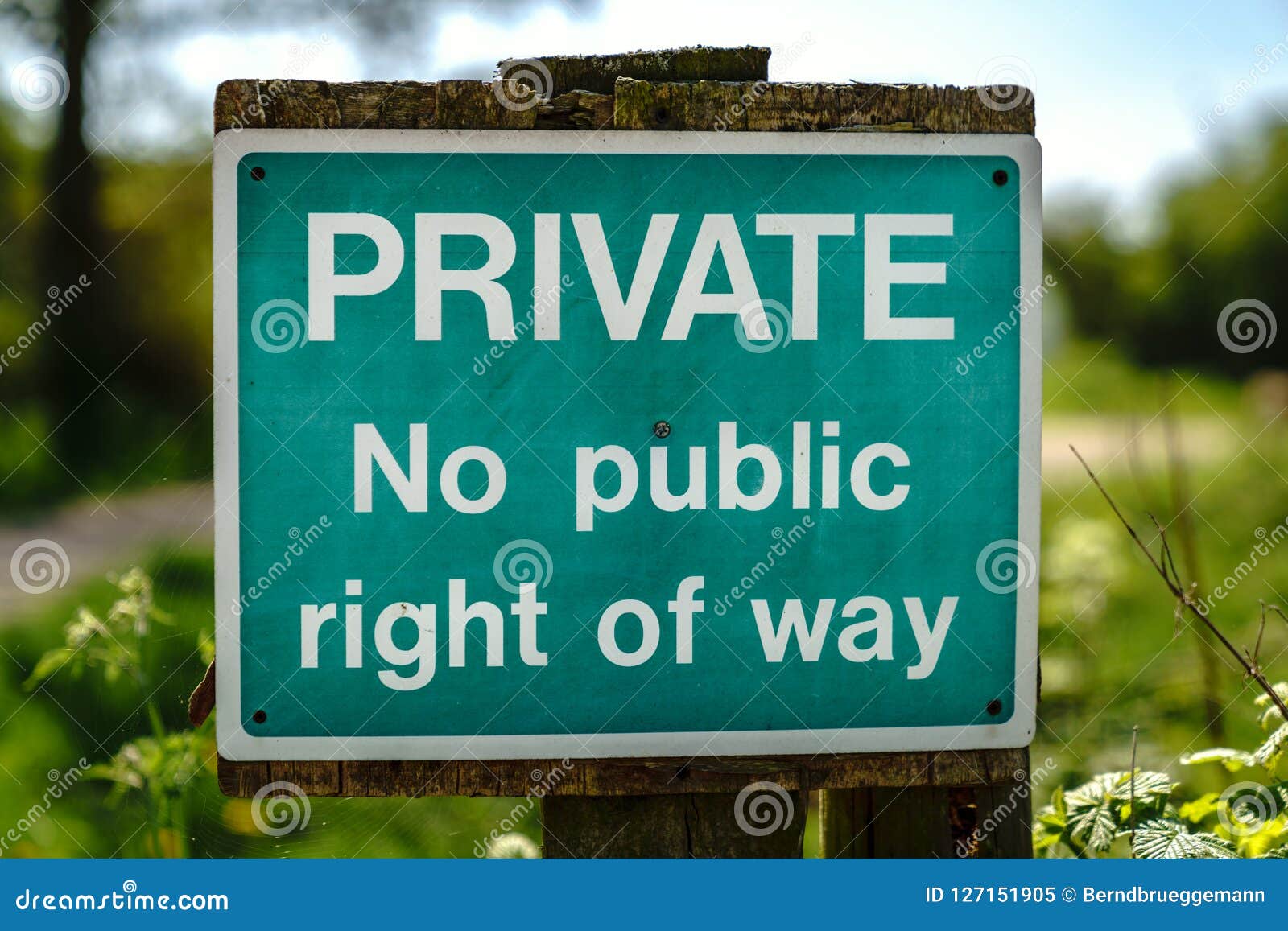
September 19, 2024
Exactly How Do You Know If Your Retaining Wall Surface Requires To Be Repaired Or Replaced In Clayton, Ny
Exactly How Do You Recognize If Your Retaining Wall Surface Needs To Be Fixed Or Changed In Clayton, Ny Cosmetic cracks are not a huge problem when they first show up, yet they can come to be an issue if left unaddressed. Blocks could feel like they will last for life, yet there are several ways a brick wall surface can deteriorate. Severe temperatures, freeze/thaw cycles, direct exposure to rainfall, and even a change in your structure can trigger damage to your home's brickwork. Occasionally this damages can transform from a fast and simple solution right into a structural fiasco that requires considerable remediation if left unrepaired.Fixing A Retaining Wall Surface
Normally made of hardwood, tie backs are installed at a perpendicular angle to the wall surface, connected to both the face of the wall and a hardwood cross plate. This aids distribute the weight of maintained ground and decrease lateral pressures, protecting against leaning and twisting. These keeping wall surfaces are usually made with railroad ties, and they will have important wood sustains that run perpendicular to the keeping wall below ground. By sticking directly right into the hill your maintaining wall is keeping back, railway ties offer crucial structural honesty to the wall.The Best Soil For Avocado Trees
Correcting a maintaining Look at more info wall expenses $60 to $80 per linear foot. You might need to align a maintaining wall if it is leaning and feels like it might fall. Walls that are not directly typically bend and fall if left ignored, so have them aligned for safety and security and aesthetic factors. Making certain appropriate water drainage with drainage pipes or weephole installments is important to preventing these problems and protecting the wall surface's structural honesty. Because of their stamina, individual pieces won't splinter or break, and since Unilock wall surface systems are interlacing, they don't need mortar. This suggests that the typical weakness of wet-stack preserving walls is effectively bypassed. Mortar in between brick and rock has a tendency to take in water and eventually degrade gradually. Understanding the properties of various products makes sure notified choices straightened with your repair goals. Replacing specific rocks is a typical DIY task for both aesthetic and architectural repair services. This section details the steps for securely getting rid of and changing rocks showing signs of wear or damage. A DIY method to rock substitute improves the look and security of your preserving wall surface. Rebuilding locations that have actually experienced failure needs accuracy. Align stones or blocks thoroughly, abide by the original design, and secure proper connections to guarantee the structural integrity of the rebuilt sections. Finding indicators of retaining wall surface damages at an early stage is necessary to prevent further damage. With the lovely spring and summer climate right around the corner, now is the time to begin planning means to make your yard stand apart. Developing an outdoor patio preserving wall is a spectacular method to boost your lawn. Action 1-- Patch the Cracks and Eliminate any Damaged Cinder BlocksTo fix the cinder block keeping wall, you have to remove what's broken. For splits, make use of a wire brush to remove loosened items of concrete and mortar.- Detecting signs of maintaining wall surface damage early on is vital to stop further wear and tear.
- You might need to correct the alignment of a maintaining wall if it is leaning and feels like it might drop.
- This area can be exposed to dust, particles, and water, so it might collapse and use, resulting in a need for reinforcement or restoring.
- Identifying these factors encourages individuals to deal with issues at their core.
- The discuss salt might be the only reason for the concrete layer coming off.
What is the very best filler for collapsing walls?
Social Links